So your baby shrimp are staying small, you’ve got the water parameters just right, the tank is a shrimp paradise, but those little shrimplets just aren’t getting any bigger. What gives?
Feed powdered foods like pollen, bacterAE, and spirulina in moderation and give your baby shrimp as much space as possible. Consider using a grow-out tank to avoid stunting their growth.
I’ve been in your shoes, shrimpfam. When I first started, my baby shrimp seemed to hit a growth plateau. No matter what I did, they wouldn’t grow. I tried different foods, tweaked the water parameters, and even sang to them (don’t judge). After months of trial and error, I realized two things: moderation and space.

I was overfeeding them with powdered foods like pollen and bacterAE. While these are excellent for shrimp, too much of a good thing can be bad. Overfeeding led to poor water quality, which in turn affected their growth.
to poor water quality, which in turn affected their growth.
Then came the issue of space. My main tank was getting crowded, and I learned the hard way that baby shrimp need room to grow. They were becoming stunted because they didn’t have enough space to roam freely. That’s when I decided to set up a grow-out tank, and voila! My baby shrimp started growing like never before.
So, if you’re struggling with the same issues, you’re in the right place. In this article, we’ll dive deeper into the nuances of feeding and space management to ensure your baby shrimp grow up to be strong and healthy. Keep reading, there’s a lot more to uncover!
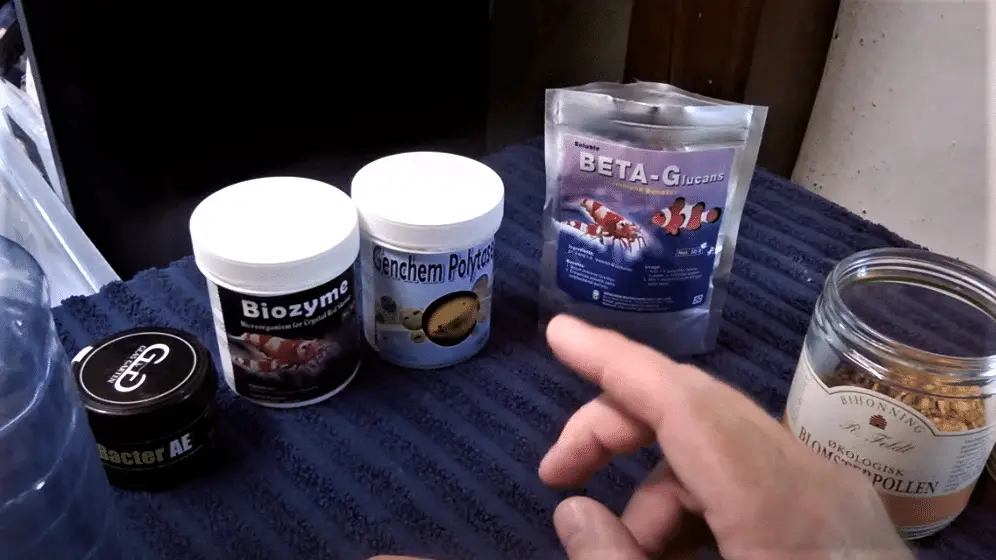
What Types of Food Should You Feed Baby Shrimp?
When it comes to feeding your baby shrimp, the choices can be overwhelming. You might be tempted to stick to the usual shrimp pellets or flakes , but baby shrimp have specific nutritional needs that can’t be ignored. One of the best options is powdered foods like pollen, bacterAE, and spirulina. These foods are rich in essential nutrients and are easy for baby shrimp to consume.
, but baby shrimp have specific nutritional needs that can’t be ignored. One of the best options is powdered foods like pollen, bacterAE, and spirulina. These foods are rich in essential nutrients and are easy for baby shrimp to consume.
Pollen, for instance, is a natural food that provides a balanced diet rich in proteins and amino acids. It’s like the superfood of the shrimp world. BacterAE is another excellent choice; it helps in biofilm formation, which is crucial for baby shrimp as they love to graze on biofilm. Spirulina is a type of algae that’s packed with vitamins and minerals, making it another excellent food choice.
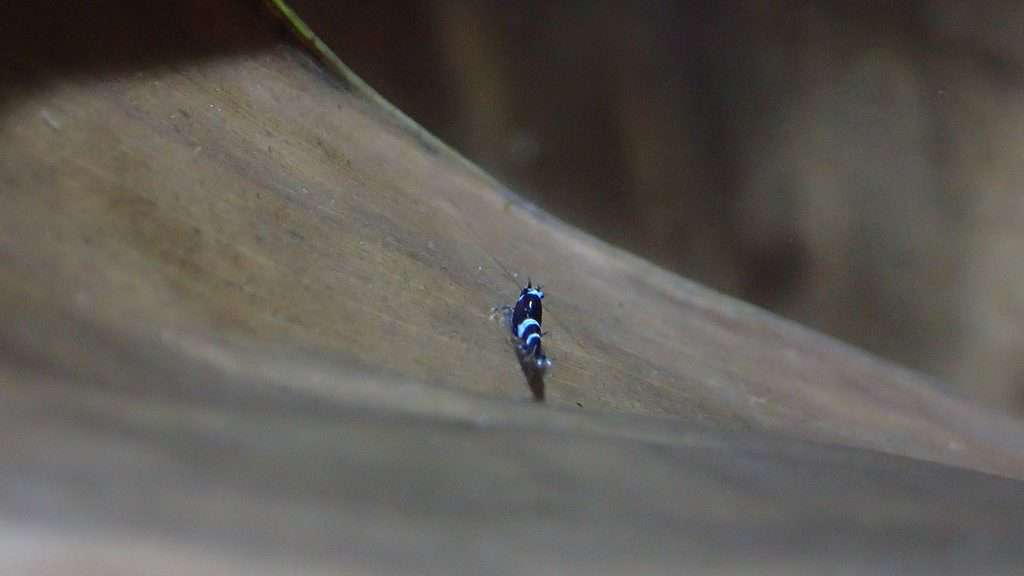
However, the key is moderation. Overfeeding these powdered foods can lead to water quality issues, which can, in turn, affect the growth and health of your baby shrimp. A small pinch every other day is usually sufficient. You can also alternate between these food types to provide a varied diet essential for their overall development.
Remember, the goal is to offer a balanced diet that meets all their nutritional needs without compromising the water quality in your tank. So, choose wisely and feed in moderation.
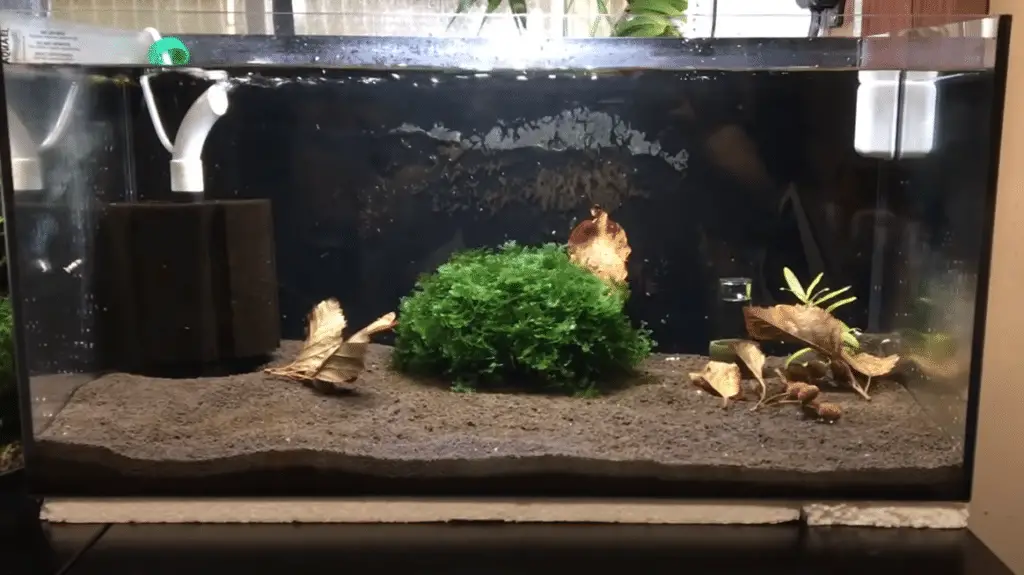
How Much Space Do Baby Shrimp Need?
The question of space is often overlooked when it comes to shrimp keeping, especially for the little ones. You might think that because they’re small, they don’t need much room. However, this couldn’t be further from the truth. Baby shrimp need ample space to grow and thrive. A cramped environment can lead to stunted growth and increased stress, which is the last thing you want for your shrimplets.
In a crowded tank, baby shrimp are more likely to compete for food and hiding spots, which can lead to slower growth rates and higher levels of stress. Stress, as we know, can make them more susceptible to diseases and less likely to breed later on. So, giving them enough space is not just about physical room but also about providing a stress-free environment where they can grow at a natural pace.
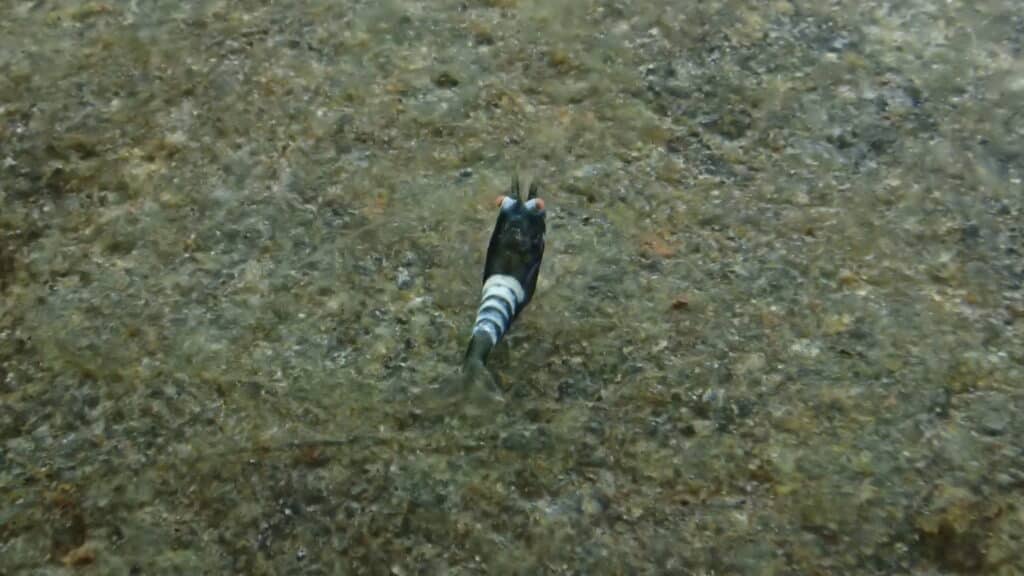
If you find that your main tank is getting a bit crowded, consider setting up a separate grow-out tank. A grow-out tank is essentially a secondary tank where you can move your baby shrimp to give them the space they need to grow. This tank doesn’t have to be as elaborate as your main tank; it just needs to meet the basic requirements of clean water, stable temperature, and some hiding spots.
shrimp to give them the space they need to grow. This tank doesn’t have to be as elaborate as your main tank; it just needs to meet the basic requirements of clean water, stable temperature, and some hiding spots.
By giving your baby shrimp the space they need, you’re setting them up for a healthier, happier life. And let’s be honest, it’s also a great excuse to start a new tank, as if we needed one!

What Mistakes to Avoid When Raising Baby Shrimp?
Raising baby shrimp can be a rewarding experience, but it’s not without its pitfalls. One of the most common mistakes is overfeeding. While it’s tempting to keep that food coming, especially when you’re eager to see them grow, overfeeding can lead to poor water quality.
Excess food that isn’t consumed will break down and release harmful substances into the water, creating an environment that’s not conducive for growth.
Another mistake is neglecting water parameters. Baby shrimp are more sensitive to changes in water conditions than their adult counterparts. Fluctuations in pH, temperature, or salinity can stress them out and lead to stunted growth or even death. Make it a habit to regularly check and adjust the water parameters, especially in a grow-out tank where conditions can change more rapidly.
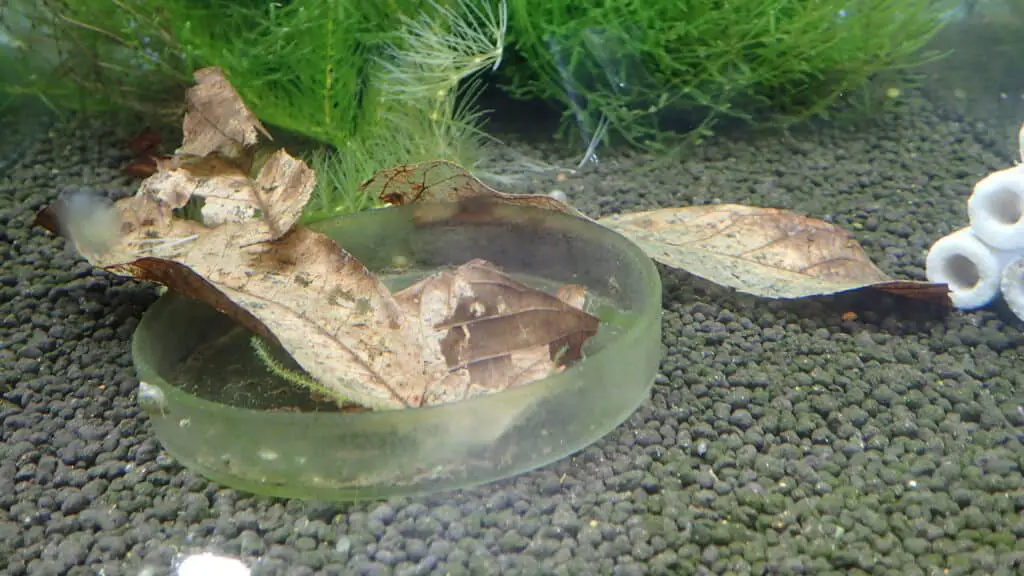
Ignoring the need for space is another blunder. As we’ve discussed, baby shrimp need room to grow. Keeping them in a crowded tank will stunt their growth and increase the likelihood of disease and aggression. If you’re serious about raising healthy baby shrimp, a grow-out tank is not a luxury; it’s a necessity.
will stunt their growth and increase the likelihood of disease and aggression. If you’re serious about raising healthy baby shrimp, a grow-out tank is not a luxury; it’s a necessity.
Lastly, many shrimp keepers make the mistake of not providing enough hiding spots. Baby shrimp are vulnerable and need places to hide, especially during molting when they are at their most defenseless. Lack of adequate hiding spots can lead to stress and make them easy targets for predators, including adult shrimp.
Avoiding these mistakes will go a long way in ensuring that your baby shrimp grow up to be healthy, happy adults. It’s all about creating a balanced environment where they have the food, space, and security they need to thrive. And remember, every mistake is a learning opportunity to become a better shrimp keeper.
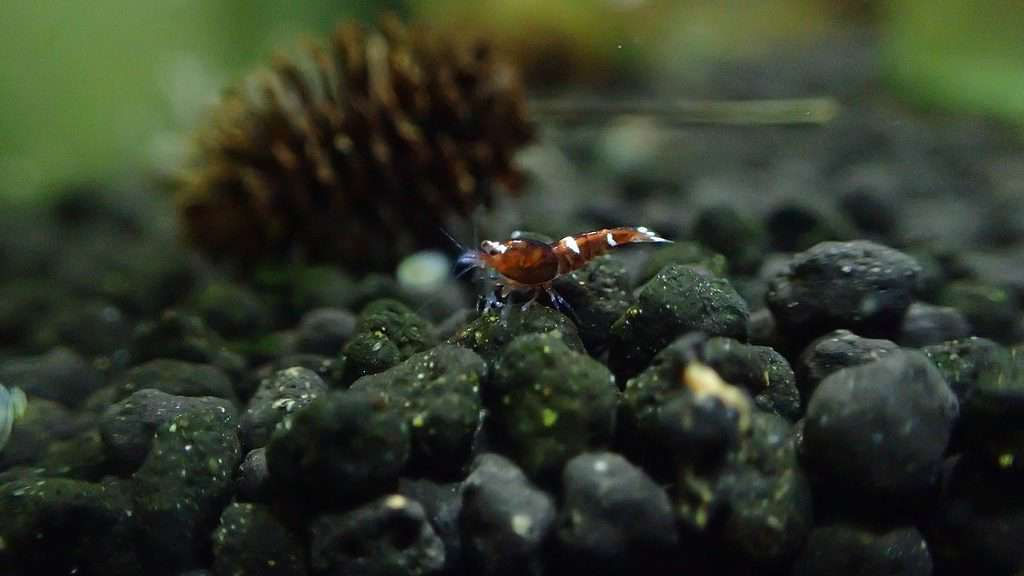
Conclusion: Nurturing Your Baby Shrimp to Adulthood
In a nutshell, raising baby shrimp to be healthy adults is a multifaceted endeavor. It’s about feeding them the right foods and providing ample space and a stress-free environment.
A grow-out tank is not a mere luxury; it’s an essential part of responsible shrimp keeping. Avoid common mistakes like overfeeding and neglecting water parameters to ensure your baby shrimp grow up strong and healthy.
If you have any questions or need further guidance, please reach out. If you can’t find me here, check out Aquarium Shrimp Keeping on Facebook for more tips and community support.
Happy Shrimp Growing!
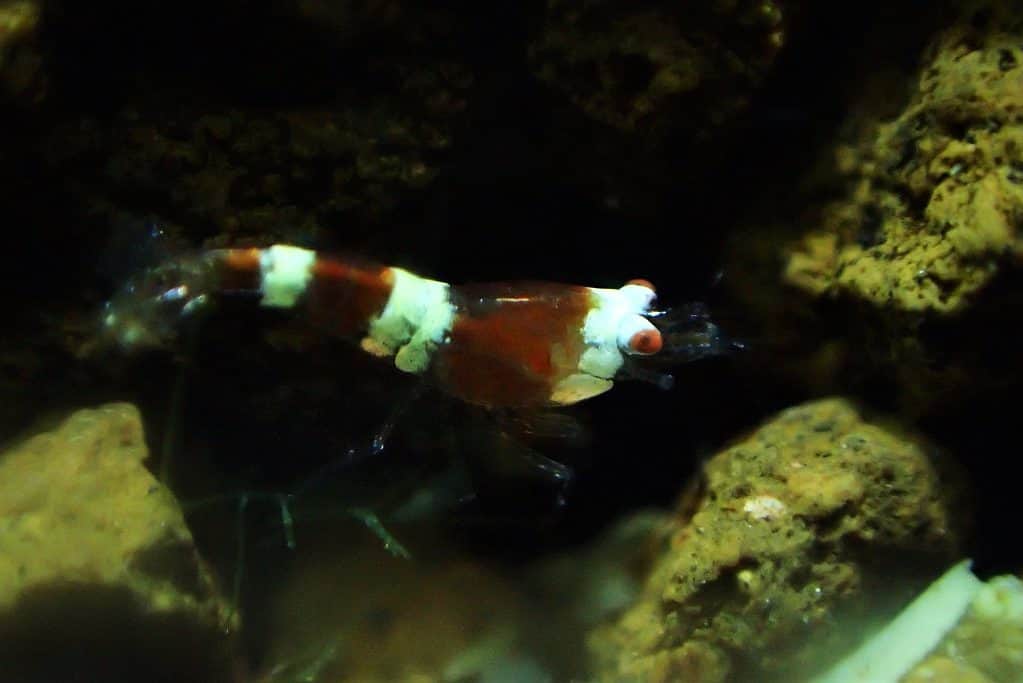
FAQ Section
Q. Do baby shrimp grow fast?
A. The growth rate of baby shrimp can vary depending on several factors such as diet, water quality, and space. Generally, under optimal conditions, you can expect baby shrimp to reach maturity in about 2-3 months.
Q. How long does it take a baby shrimp to grow?
A. Under ideal conditions, it typically takes a baby shrimp around 2-3 months to reach maturity. However, this can vary based on factors like diet, water parameters, and overall tank conditions.
Q. How do you increase baby shrimp survival rate?
A. Increasing the survival rate of baby shrimp involves a combination of proper feeding, maintaining stable water parameters, and providing ample space. A grow-out tank can be particularly beneficial for isolating baby shrimp and catering to their specific needs.
Q. What should I feed baby shrimp?
A. Baby shrimp thrive on a diet of powdered foods like pollen, bacterAE, and spirulina. These foods are rich in essential nutrients and are easy for baby shrimp to consume. However, moderation is key to avoid overfeeding and subsequent water quality issues.

One thought on “How to Make Baby Shrimp Grow Faster?”